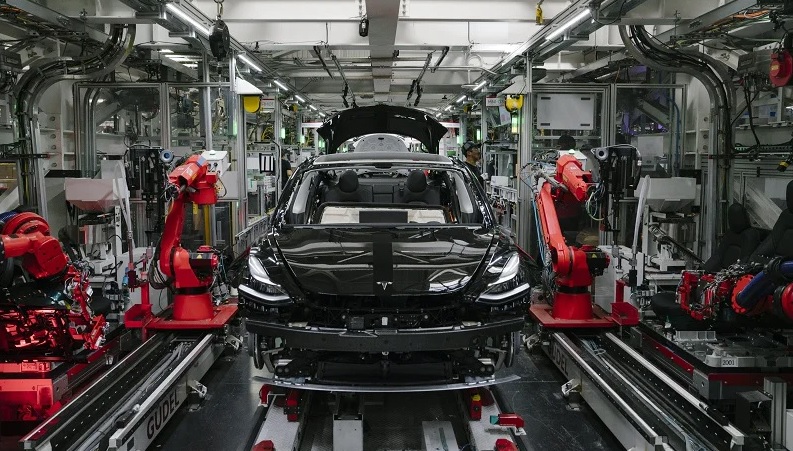Tesla has never committed to opening a factory in Malaysia, said Minister of Investment, Trade, and Industry Tengku Datuk Seri Zafrul Tengku Abdul Aziz.
In a post on X, formerly known as Twitter, Tengku Zafrul explained that the Ministry of Investment, Trade and Industry (MITI) had engaged in discussions with Tesla founder Elon Musk in efforts to attract investment, but these discussions did not involve setting up a factory.
“Firstly, the foreign news report is not an official statement from Tesla but rather quotes anonymous or unnamed sources. Reporters need to verify the authenticity of this news with Tesla, as the source of this news is not from Tesla.
“Secondly, MITI has never announced that Tesla will open a factory in Malaysia. We have had discussions with Elon Musk in efforts to attract investment, but Tesla has never committed to opening a factory here,” Tengku Zafrul said.
He made these comments in response to a report from Thai online news portal, The Nation, which cited unnamed sources within the government regarding Tesla’s cancellation of plans to develop factories in Malaysia, Thailand, and Indonesia.
The report also stated that Tesla’s current discussions are only focused on efforts related to charging stations and has suspended plans to develop factories not just in Thailand but globally.
“Tesla is not proceeding with plans in Malaysia, Indonesia, or other locations except in China, the United States, and Germany,” the news portal reported.
On July 20 last year, a leading United States multinational electric automotive manufacturer announced its strategic expansion into the Malaysian market through Tesla Malaysia Sdn Bhd.
According to a joint statement from Tesla and the Malaysian Investment Development Authority (MIDA), this move is a direct response to the Battery Electric Vehicle (BEV) Global Leader initiative introduced by MITI.
In addition to introducing a range of advanced electric vehicles (EVs) to Malaysian consumers, Tesla is also committed to investing in a comprehensive network of fast and standard charging stations across strategic locations in Malaysia, as well as establishing its state-of-the-art headquarters and service centre in Cyberjaya, Selangor.
